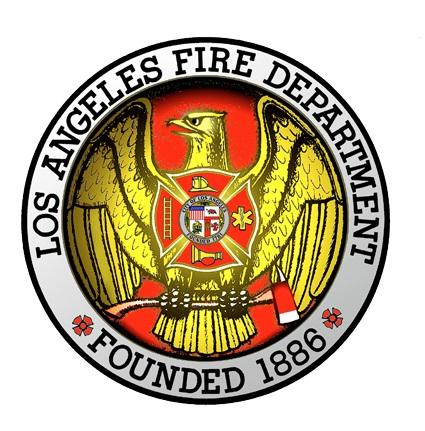LOS ANGELES FIRE DEPARTMENT

FIRE PREVENTION BUREAU
WOOD ROOF GUIDELINES
SUBJECT: ADDITIONS TO EXISTING RESIDENTIAL BUILDINGS WITH WOOD SHAKE OR SHINGLE ROOFS
Section 91.3203(b) specifies that all roof coverings for additions to existing buildings shall be fire retardant. All requests to use shake or shingle roofs for additions in the Mountain Fire District (MFD) or Fire Buffer Zone (FBZ) shall be denied by the
Department.
In other non-fire district areas, the Department may grant administrative approval to use pressure treated shakes or shingles for additions of 10% or less of the existing building area. This approval will require Fire Department concurrence (The Fire Department may not concur in certain areas of Mt. Washington or the Baldwin Hills where grass or brush fire hazards exists.
Roofing requirements of Chapter 32 - Section 91.3203
If the portion of the roof that is replaced within a 12 month period is 10% or less of the area of the existing roof covering, then it may be replaced with the same fire-retardant wood shakes or shingles as defined in the Section 91.3202 of the 1992 Edition of the LABC.Section 91.3202 defines Fire-Retardant Shakes and Shingles to be “Wood shakes and shingles complying with UBC Standard No. 32-8 or 31-11 impregnated by the full-cell vacuum-pressure process with fire-retardant chemicals, and have been qualified by UBC Standard No. 32-7 for use on Class A, B or C roofs. Each bundle of treated wood shakes and shingles shall bear labels identifying their roof-covering classification and approved quality control agency.”
If the repairs require the replacement of more than 10% of the roof covering of the building within a 12-month period, then the entire roof covering shall be made to conform to Chapter 32 and, therefore, Wood Shakes and Shingles are not permitted.
Fire Buffer Zone
After considerable discussion with Structural Plan Check Division Staff and Fire Department Staff, it is hereby confirmed that:
The Fire Buffer Zone (FBZ) is a Fire District. All buildings and structures located in the FBZ shall comply with the General Requirements of Chapter 16 of the Los Angeles Building Code (Sec 91.1603).
Additional Information:
The Los Angeles Municipal Code (91.1504.1) excludes wood shakes and shingles from the list of approved roofing materials that can be used in the City of Los Angeles. L.A. City Roofing Ordinance #165047 effective August 25, 1989, restricted wood shake and shingle roofs for new construction and replacement over 10% of the roof surface. The ordinance restricted all wood roofs and did not differentiate between untreated or fire retardant pressure treated wood shakes and shingles since they both support combustion.
The City recognized that wood roofs were one of the major factors responsible for spreading fires not only to adjacent properties but structures considerable distances away.
In the Chemco FTX Five Year Natural Weathering Test, the shingles ignited three minutes into the test and burned for an additional 23 minutes and 30 seconds after the burner flame was turned off. The results of that test and the Los Angeles Fire
Department’s Standard No. 43 Test for Determining the Flammability of Solid Materials demonstrated that the fire retardant pressure treated wood shakes and shingles support combustion.
The five-year test proved that treated wood shakes and shingles ignite and continue to burn long after flame exposure. It is our experience that a material that exhibits that type of burning characteristics combined with our local climactic conditions (high wind velocities, low humidity, and high temperatures) has the potential for spreading fire downwind in the form of flying burning brands.
The UBC 32-7 Roof is nationally recognized, however, the testing criteria are not representative of the actual conditions in the City of Los Angeles. The wind velocity used in the testing during flame exposure is 12 miles per hour. The moisture content of
the roof test deck must be within the range of 8% to 12% just prior to the test while in actual conditions the fine fuel moisture content may be at least 4%. The temperature of the testing facility must be maintained between 50-90 degrees F. while in actual conditions the temperature may far exceed 100 degrees F. The natural weathering test does not exceed 10 year while in reality the life of a wood roof in the City often exceeds 20 years. The impact of the destructive effect of UV light, rain and moisture, and temperature changes on the fire retardancy beyond 10 years is not evaluated. There are no assurances that the treated roof will perform as tested since the actual conditions are much more severe than the test criteria.
The City has for many years been proactive in reducing the risk of another conflagration. Extending the brush clearance zone around structures to 200 feet and prohibiting the installation of wood roofs are two of the major preventative measures taken.



